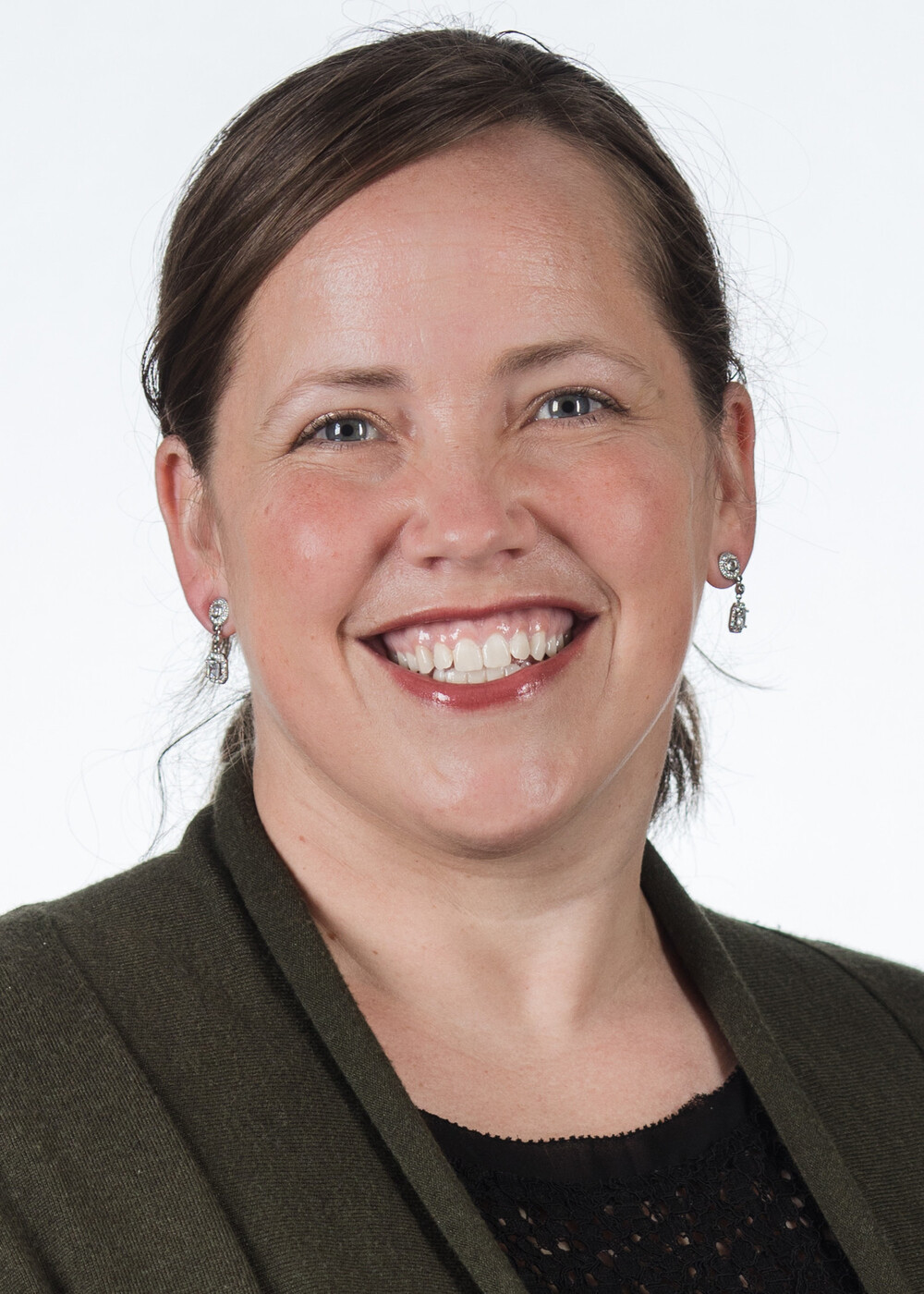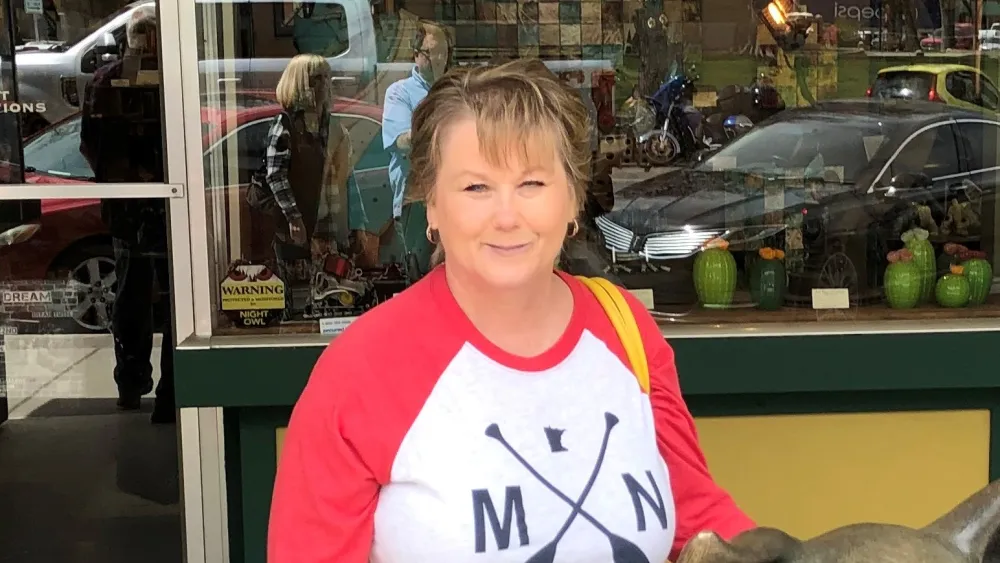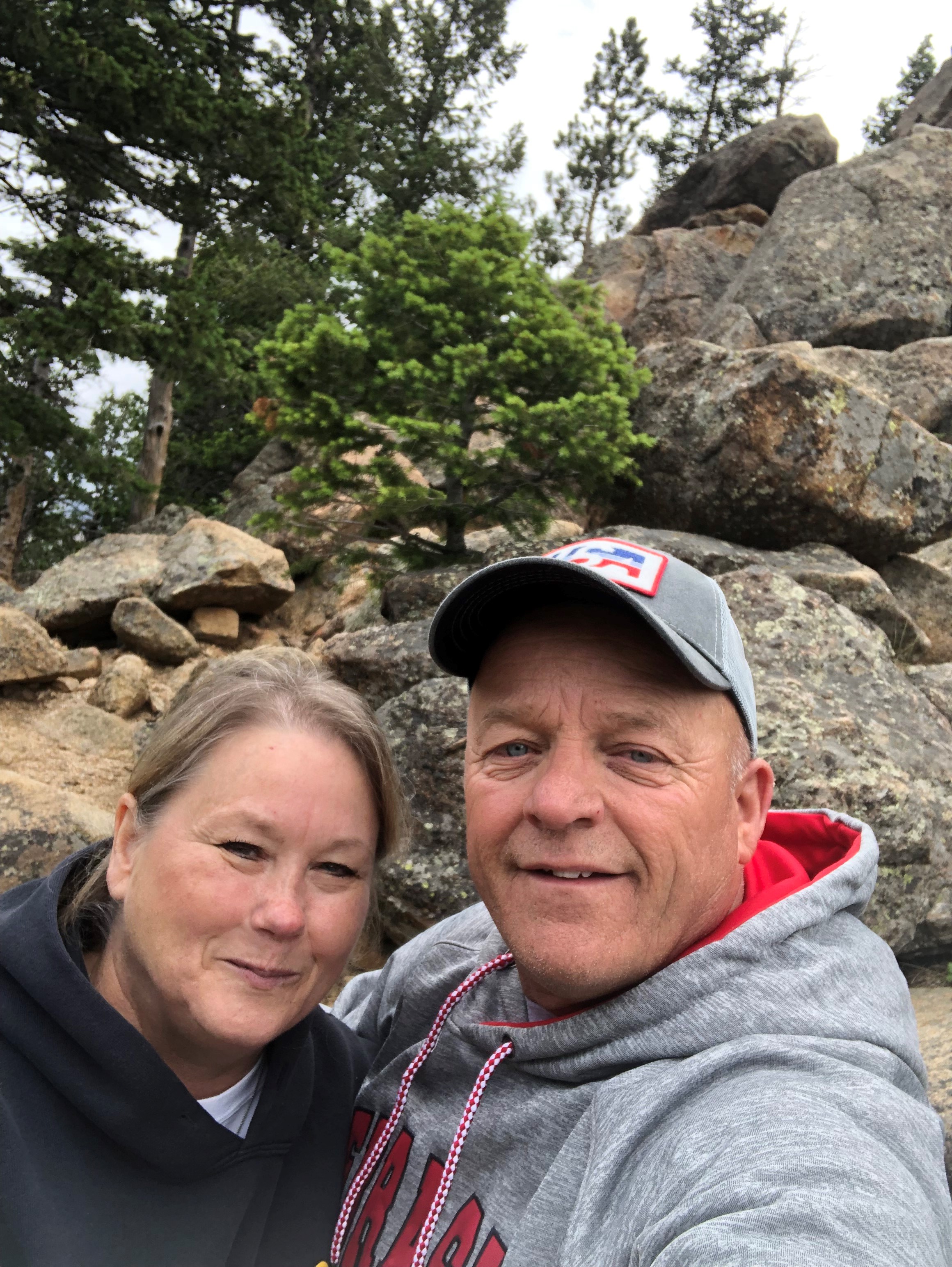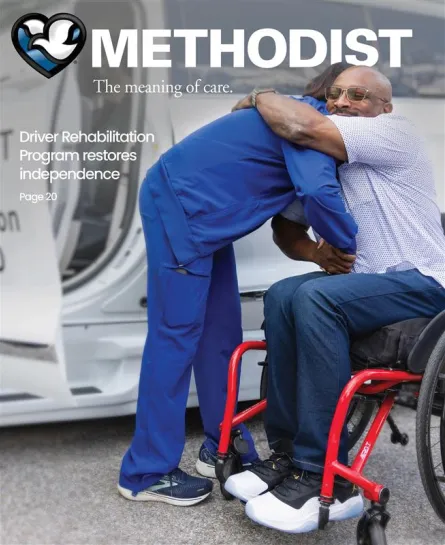





Today's Medicine
Vestibular Rehabilitation: Simple Therapy Helps Woman With Vertigo Get Back to Her Normal Routine
Published: Aug. 10, 2023

Lani Ramm was miserable last winter.
The moment she’d lift her head off the pillow each morning, the room would start spinning. Things didn’t get much better once she got up to start her day.
“If I didn’t walk with my legs kind of farther apart to steady myself, I’d walk into walls,” said Lani, 63, who lives in Clarkson, Nebraska. “Sometimes I’d fall down.”
She was experiencing the fallout from benign paroxysmal positional vertigo (BPPV), a common but sometimes debilitating condition. BPPV occurs when calcium carbonate crystals, known as otoconia, in the inner ear become dislodged. The crystals are critical to a person’s sense of balance, and the result can be a feeling of vertigo that comes and goes with movement of the head.
“It really plays havoc on your life,” Lani said. “Even looking up. When you put your head back down, everything just spins. It 100% rules what you can and can’t do. Bending down to pick up the dog? No. Tying my shoe? No. It impacts your life totally.”
Customized Treatments
This wasn’t the first time Lani experienced BPPV. She’d battled the condition on and off for five years, and her previous doctors didn’t have many solutions.
“Eventually it goes away,” Lani said. “Over weeks and months, you get dizzy less and less.”
When BPPV struck again last winter, she tried to manage it on her own. But after suffering for five weeks with no relief, she decided to seek the opinion of her primary care provider, Janae Dudgeon, MD, with Methodist Physicians Clinic. Dr. Dudgeon referred Lani to Methodist Fremont Health physical therapist Kylie Fullner, PT, DPT, who has specialized training in vestibular rehabilitation therapy.

The therapy, which is offered by many Methodist physical therapists, uses specific exercises to help patients regain balance, manage dizziness and decrease fall risks. Fullner said therapists at her location frequently see patients suffering from conditions that include:
- BPPV
- Head injuries
- Infections and other disorders of the inner ear
- Migraines
- Strokes
- Traumatic brain injuries
- Vertigo
“Every patient has a different story to tell, and not everyone gets the same treatment,” Fullner said. “By truly listening to each patient, we can customize exercises and activities to them and create a successful outcome.”
“No One Should Have to Live in Misery”
Fullner saw the impact that vestibular rehabilitation options could make on patients before she was ever trained on them.
While studying physical therapy, she saw her grandmother suffer from Meniere’s disease – a buildup of fluid in the inner ear than can cause vertigo, nausea, ringing in the ear and loss of balance.
“I remember watching her crawl on her hands and knees through the house, holding on to the door frames as she passed through because she was so dizzy that she couldn’t stand up,” Fullner said. “To say the least, she was miserable.”
Fullner’s grandmother was referred to a physical therapist trained in vestibular rehabilitation therapy, and the balance exercises she performed soon improved her condition.
“I would visit Grandma on the weekends, and we would sit on her sofa and do them together,” Fullner said. “I was amazed that certain simple, yet specific, small head movements could help her manage her symptoms.”
When she later had the opportunity to receive vestibular rehabilitation training, she jumped at the chance – and she’s proud to offer the treatment at Methodist Fremont Health.
“Being dizzy is debilitating. It’s disorienting. It’s risky. It’s miserable,” she said. “Having a balance deficit can lead to falls resulting in even bigger problems. So if there’s something we can do to help people feel better, then let’s do it. No one should have to live in misery, especially if it’s treatable.”
Getting Back to the Life She Loves
At Lani’s first appointment in February, Fullner put her through a series of exercises to gauge her balance and identify the problem. She determined that the BPPV was in Lani’s right ear, then tailored a therapy plan for her.
BPPV treatments are usually simple. In Lani’s case, Fullner taught her to move her head to different positions in an effort to return the calcium carbonate crystals to their proper location. Lani also worked on exercises emphasizing balance and safe walking.
“I try to provide my patients with easy exercises that they can do at home in a safe environment so they can get better faster,” Fullner said. “I like the team approach. Together, we’re working to overcome whatever impairments they may have that are limiting their ability to live their best life.”
For the next four weeks, Lani visited Fullner once a week and performed the exercises at home. The first few weeks, Lani would feel nauseated after her appointments. But she could tell her vertigo was improving.
“The real improvement was the third week,” she said. “I could do my job without banging into walls. I could drive without having to be so careful. I could get back to my normal daily living.”

One month after her first appointment with Fullner, Lani had her last. In the months since, she’s been back to doing the things she loves with her husband, Ken, including gardening, growing popcorn, working on projects around their new home and playing with their dog.
Looking back, she said, her only regret is that she waited so long to seek help. Her message to others with similar conditions is that they don’t have to suffer in silence.
“Go get help. Ask your doctor about this,” she said. “It sounds simple, but it really did make a difference for me. And if I feel it coming back, I can tell you that they’ll be the first ones I call.”
More Resources
- Learn more about physical therapy at Methodist.
- Read more inspiring stories about Methodist patients and providers.


